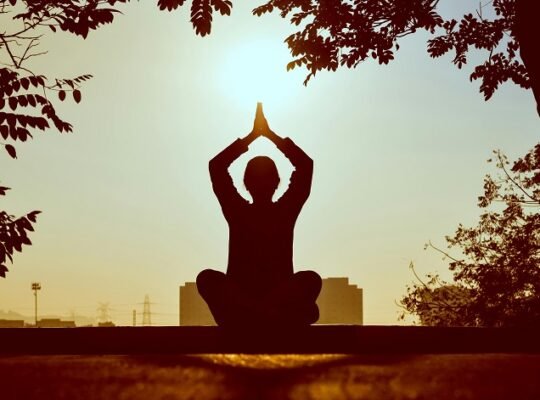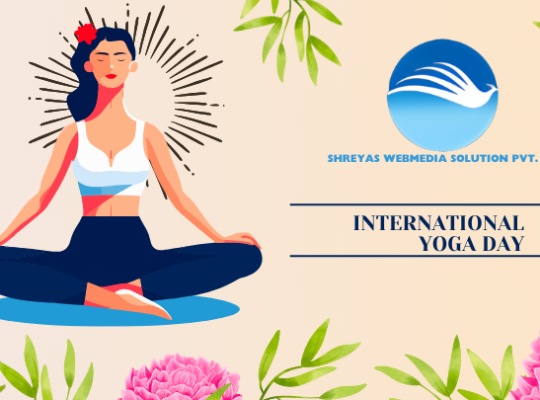By Sujata Muguda, Shreyas WebMedia Solutions
3rd June 2024: Meditation, a practice as ancient as it is profound, offers a diverse array of techniques that cater to different needs, preferences, and lifestyles. With its roots deeply embedded in various cultural and spiritual traditions, meditation has blossomed into a global phenomenon, embraced for its ability to foster inner peace, enhance mindfulness, and promote overall well-being. This article delves into the myriad forms of meditation, guiding you through a selection of practices that can enrich your life.
Transcendental Meditation: A Journey Beyond Thought
Transcendental Meditation (TM) is a technique that involves the silent repetition of a personalized mantra, a word or sound with no specific meaning, to settle the mind into a state of profound rest. TM is designed to transcend ordinary thinking processes and tap into a deeper level of consciousness, promoting a sense of calm and clarity.
Mindfulness Meditation: The Art of Present Awareness
At the heart of mindfulness meditation is the cultivation of present awareness. This practice encourages practitioners to observe their thoughts, feelings, and bodily sensations without judgment, fostering a heightened state of awareness and acceptance. Mindfulness can be integrated into daily activities, making it a versatile and accessible form of meditation.
Walking Meditation: Movement and Nature as Meditative Tools
Walking meditation combines the physical act of walking with a meditative focus, often involving an awareness of the body’s movements and the surrounding environment. This practice can be particularly beneficial for those who find stillness challenging, as it harnesses the natural rhythm of walking as a pathway to mindfulness.
Focused Breathing: Harnessing the Power of Breath
Focused breathing meditation centers on the breath, using it as an anchor to bring attention back to the present moment. Techniques such as observing the gaps between breaths or engaging in four-second cycles of box breathing can help regulate the nervous system and induce a tranquil state of mind.
Anxiety Relief Meditation: Visualization and Touch
This form of meditation employs visualization and tactile sensations to alleviate anxiety. By imagining peaceful scenes or focusing on the sensation of touch, individuals can create a sense of grounding and safety, providing relief from stress and anxious thoughts.
Trauma-Informed Meditation: Cultivating Safety and Healing
Trauma-informed meditation acknowledges the unique needs of individuals with trauma histories, offering practices that emphasize grounding, safety, and self-compassion. This approach to meditation is sensitive to the potential triggers and challenges faced by trauma survivors.
Mantra Meditation: Affirmations of Self-Love and Compassion
Mantra meditation utilizes phrases such as “I am” mantras to foster self-love and compassion. By repeating affirmations, practitioners can reinforce positive beliefs and attitudes towards themselves, contributing to emotional healing and personal growth.
‘Do Nothing’ Meditation: Embracing Momentary Breaks
The ‘do nothing’ meditation technique invites individuals to simply be, without any specific focus or goal. This practice allows the mind to wander freely, offering a break from the constant stream of thoughts and activities that occupy daily life.
Nature-Inspired Meditation: Embracing the Natural Ebb and Flow
Drawing inspiration from the natural world, nature-inspired meditation encourages practitioners to connect with the elements of nature, whether through direct experience or visualization. This form of meditation can help individuals feel a sense of harmony with the environment and the larger universe.
As a result, there is a practice for everyone looking to improve their mental, emotional, and spiritual well-being within the broad and diverse field of meditation. There’s a way that works for you, whether it’s the quiet depths of Transcendental Meditation, the dynamic nature of walking meditation, or the loving affirmations of mantra meditation. The kind of meditation that most suits you and fits naturally into your life is the ideal one, so keep that in mind while you experiment with these techniques. I hope you discover the clarity and tranquility you’re looking for by embracing the adventure.






